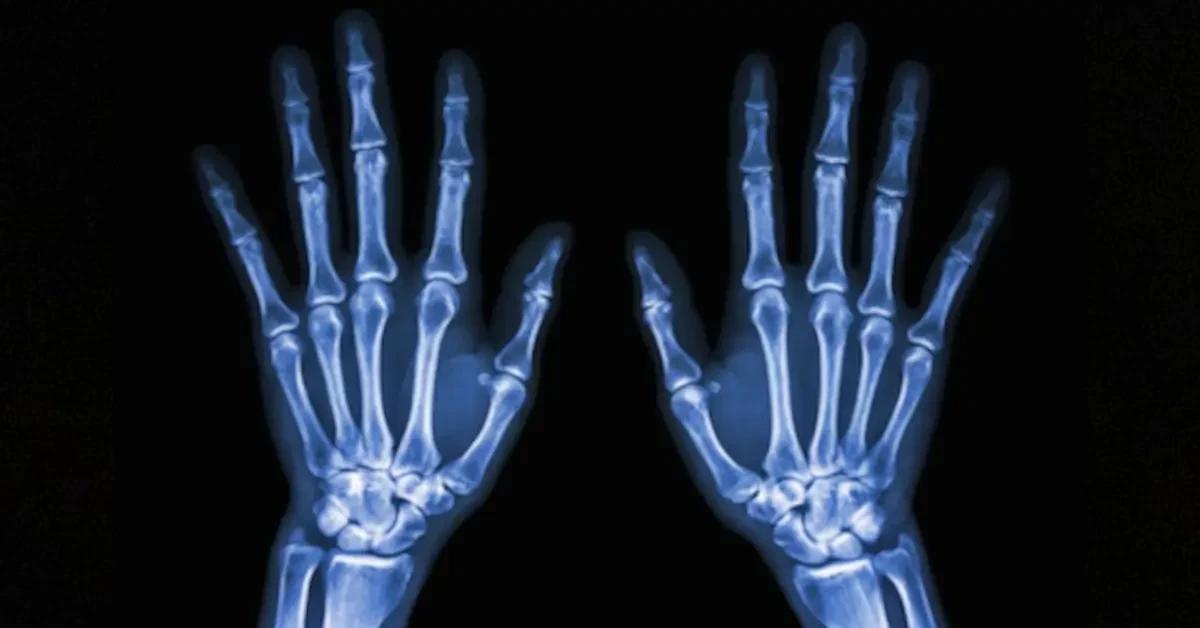Your hands are your gold—especially if you play basketball, and even more so if you play in the NBA. Whether it is dribbling, passing, shooting, rebounding or playing defense, a player’s hands do it all. With that amount of action, injuries like jammed fingers are common, even expected. But a bone break can end an NBA season.
That’s what happened to Los Angeles Clippers point guard Chris Paul, who suffered an injury to his right hand during a 2016 NBA playoff game against the Portland Trail Blazers. After fracturing the third metacarpal in his right hand, Paul was out of the game, the playoffs and the season. This was certainly a game changer as Paul was crucial to his team and to the league. In fact, in the 2016 end-of-season MVP voting, Paul finished sixth overall.
The type of fracture that Chris Paul suffered is usually the result of a blow to the hand made by a boxer, in which the hands are used in high impact. Hence, this fracture is known colloquially as a “boxer’s fracture.” (But, it’s more like a brawler’s fracture as it is usually an injury for inexperienced, street-type fighters).
In Paul’s case, the injury was more of a fluke. The broken metacarpal happened during his attempt to steal the ball when his hand got caught in the jersey of an opposing player.
Now, the metacarpals are the bones of the fingers that together with the bones of the wrist (the carpals) and the small bones of the fingers (phalanges) form the joints. In essence, the metacarpals connect the finger bones to the wrist bones. A fracture of a metacarpal can occur in a number of locations on this bone, and can vary in severity and type (displaced, un-displaced, compound, comminuted, greenstick, etc.).
Symptoms of a metacarpal fracture include pain, tenderness and swelling over the involved knuckle(s). Other possible symptoms are bruising and/or deformity. According to bonetalks.com, this is a “young man’s injury” with 70 percent of metacarpal fractures occurring in those between 11 and 45 years old.
Depending on the nature of the metacarpal fracture, treatment can consist of manipulation, splinting, casting or surgery. Surgery is usually the option for a break in which there is too much angulation (bending, abnormal alignment) or the fracture is displaced. In either treatment, recovery takes place over four to six weeks. Recovery may also include physical therapy to strengthen the muscles that have weakened as a result of lack of use. (Although greater detail on Paul’s fracture was not publicized, he did undergo surgery the day after his injury.)
Any hand injury that may indicate a metacarpal or other fracture should be evaluated by a doctor. If a person cannot see a doctor immediately, a trip to the hospital’s emergency room is indicated. In addition to a physical examination, X-rays are taken to determine the precise nature and details of the injury.
At The Center for Musculoskeletal Disorders, we recognize and are experienced in the way the quality of life is impacted by any injury or disorder of the hands, wrists or forearms. We utilize both non-invasive and surgical procedures when necessary to effectively treat this vital part of the body. Call us or visit our website to explore the many conditions we treat, and the procedures we employ.

